There is another world that waits for all of us when we close our eyes and sleep — a place called the Dreaming, where The Sandman, Master of Dreams, gives shape to all of our deepest fears and fantasies.
Neil Gaiman’s acclaimed Sandman comics first took readers by storm in the late ‘80s. The dark fantasy series amassed a following, ultimately leading to a 75 issue run published by Vertigo/DC. Practically since publishing, fans have clamored for the unique and immersive world of The Sandman to land a screen adaptation. And now, over two decades since the final issue was published, Netflix is making those fan dreams a reality.
The Sandman series is developed and executive produced by Gaiman, with Allan Heinberg and David S. Goyer serving as showrunners. The ensemble cast includes Tom Sturridge as Dream, Vivienne Acheampong as Lucienne, Gwendoline Christie as Lucifer, Boyd Holbrook as The Corinithian, Jenna Coleman as Johanna Constantine, Kirby Howell-Baptiste as Death, Vanesu Samunyai as Rose Walker, Mason Alexander Park as Desire, and Patton Oswalt as the voice of Matthew the raven, among many others.
Is the Netflix series a faithful adaptation of the comics?
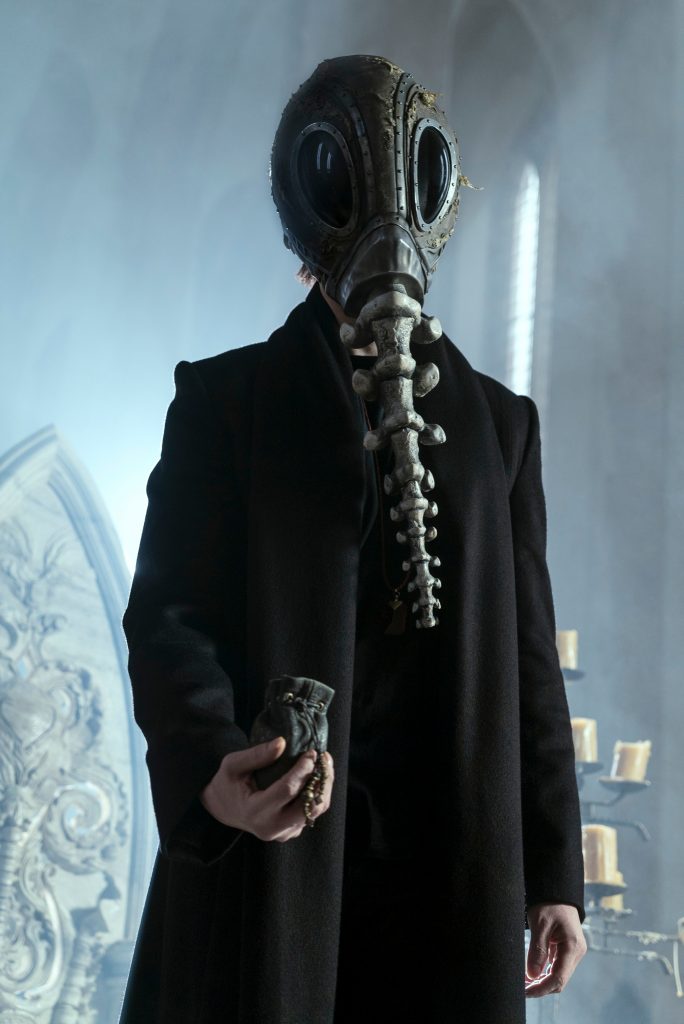
First things first, because The Sandman fans have waited long enough. Is the Netflix series a faithful adaptation of Gaiman’s original comics?
In a word, yes!
I’d actually argue that at times The Sandman is perhaps excessively faithful to the comics (but more on that in a minute). If you fell in love with the characters and stories in Gaiman’s original comics, know that you will see pretty much all those same characters and stories crop up in the Netflix adaptation.
Specifically, season 1 adapts the first two story arcs of The Sandman, collected into the volumes Preludes & Nocturnes and The Doll’s House. So, expect to see Dream’s imprisonment and his subsequent search and battles for his helm, ruby, and sand; the aftermath of his time away from the Dreaming and his sister Death’s attempts to get him back on track; and finally Morpheus’ encounter with the Dream Vortex, Rose Walker.
If I haven’t read “The Sandman”, can I still enjoy the show?
Definitely!
While The Sandman has some built-in connections to other DC comics, characters, and stories, it also operates completely as a standalone fantasy. At times you might want more information than the show gives you in season 1 (Who’s this “Prodigal” they keep referencing?), but overall the series gives you everything you need to understand the world of The Sandman and these stories. (Minus one or two minor moments, anyways. I’m looking at you, two-second explanation of the Nada story.)
Netflix brings The Dreaming to life in a stunning way

Netflix reportedly threw a lot of money into creating The Sandman – and it shows in the best way. The series is visually stunning throughout, whether we’re looking at Dream’s grand entrance hall or the twisted forests of Hell. Everything feels impressive, cinematic, and immersive.
We get some very cool effects throughout the series, too. One of my personal favorites was the giant stained glass windows in Dream’s castle, shifting to create the image of the three missing dreams and nightmares. The design for Glob’s shapeshifting powers was also beautiful and so well executed. And of course, it wouldn’t be Sandman without a dark and bloody edge to the effects. From the Corinthian’s eye-snatching to a demon crawling out of a man’s mouth and literally splitting him in half from the inside, we’ve got our share of gore accounted for.

Beyond set pieces and advanced effects, The Sandman clearly spent a lot of time crafting a look that reflects the source material and immerses the viewer in the world. It truly feels like no detail was too small for the show to get right. Dream’s helm, for instance, looks pulled right from the pages of the comics. Every character’s costuming reflects a specific and cultivated look. The detail put into the show’s props – like Ethel Cripps’ protection amulet, or Lucienne’s books of dreaming records – genuinely makes you forget you’re watching TV. You’re just side stepping into another world, sliding in as easily as one might slip into a dream.
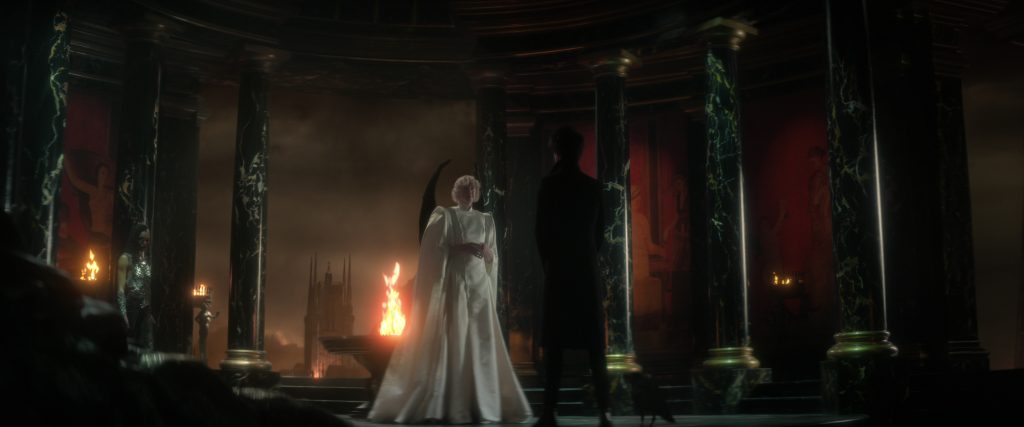
Characters and stories you’ll fall in love with
I’m a Sandman comics fan, and I’ve already said this series closely adapts the original material. So, it may be a little redundant to say I love the characters and plot of Netflix’s The Sandman. But I do! And I think even people new to Sandman will feel the same way.
Because Netflix’s The Sandman follows the comic issues pretty closely, many of the episodes have a “self-contained” feel. While Dream himself and a few others (Matthew, Lucienne) appear regularly throughout season 1, many characters only appear for an episode or two. But Jenna Coleman as Johanna Constantine or Gwendoline Christie as Lucifer have such compelling screen presence – and interesting one-off stories – that you almost forget they’re not around longer. We only get a touch of Mason Alexander Park’s Desire here and there, but don’t you want to know what their deal is? (If nothing else, The Sandman is great at leaving you wanting more.)

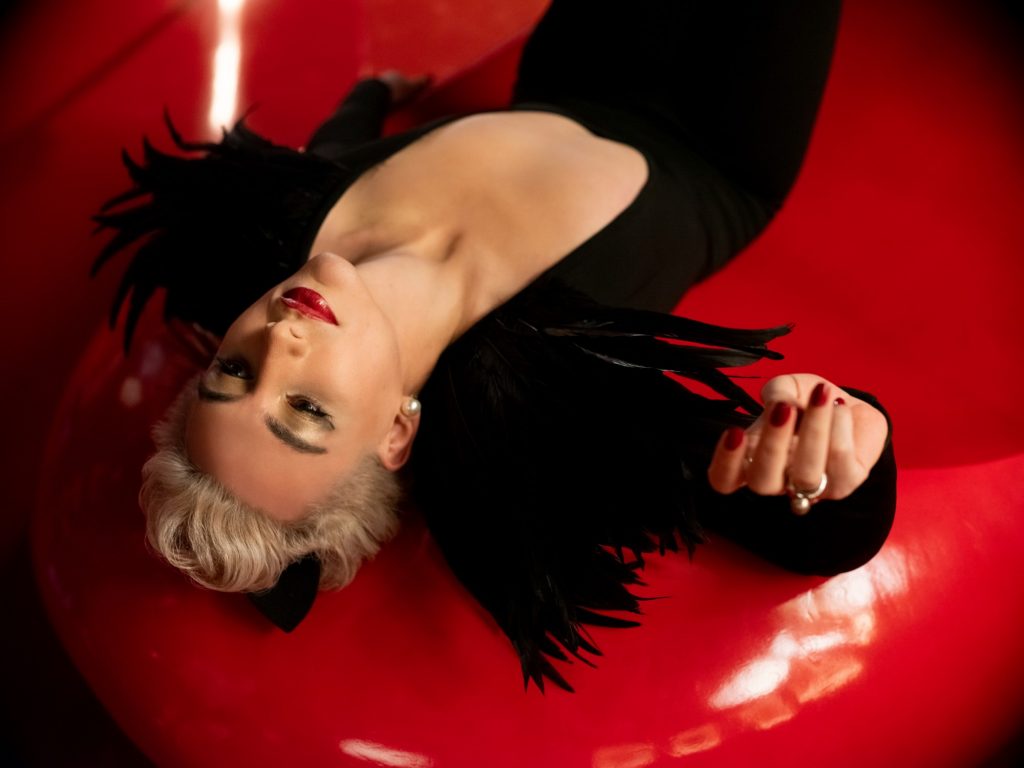
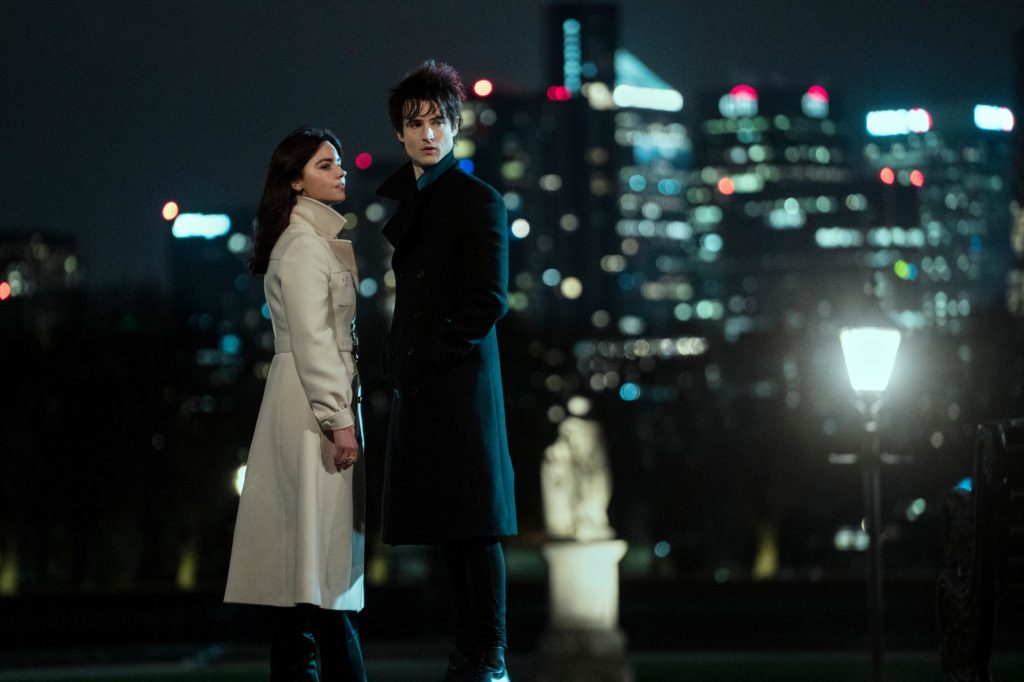
Though Sandman always has dark fantasy roots, the individual episodes cover a lot of ground. “Dream a Little Dream of Me” rockets out of the gate with dark supernatural action, while “24/7” builds suspense in a slow-burn bottle episode. “Collectors” is a thriller, while “The Sound of Her Wings” might just make you cry. (Another casting shout-out to Kirby Howell-Baptiste, who is magnificent as Death.) Each story has its own focus and feel, giving it a true “something for everyone” sensibility.
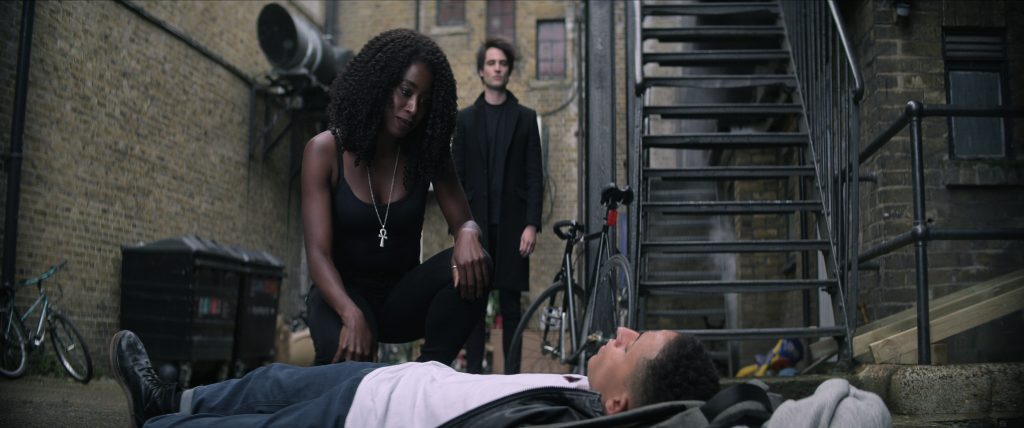
The Sandman was simply meant to be a series
The earliest attempts to adapt The Sandman comics were feature films – projects that ultimately fell apart when they were unable to squeeze the characters, plots, and essence of the Sandman universe into one movie. (This isn’t just my opinion, but the opinion of Gaiman himself, who reportedly called one attempted Sandman screenplay “…not only the worst Sandman script I’ve ever seen, but quite easily the worst script I’ve ever read.”)
That said, the comics fit a series adaptation quite well, with the inherent division of chaptered stories easily making the jump to appear as different episodes in the series.
This is also my one real sticking point with Netflix’s series, though. Because season 1 directly adapts two comic arcs, the first and second half of the season feel a bit tenuously strung together.

The series attempts to weave The Corinthian in a bit more in the first half to connect the two halves, but I’m not sure this works well enough to make the season feel like one story. The first half of the season is fairly episodic – you can pretty much watch episodes 3 – 6 as standalones, though they do connect with Dream’s overall plot – whereas the latter half of the season focused on Rose’s story flows much more cohesively and feels closer to what people expect from a TV series.
In this way, The Sandman’s incredibly by-the-book adaptation might turn away some viewers. I do feel like there’s a bit of a missed opportunity here to blend the existing Sandman stories and lore together into a larger overarching plot for TV. However, if my only options are “beat-by-beat literal adaptation” and “new story that only uses bits of the original plot”, I prefer the show stick with the former.
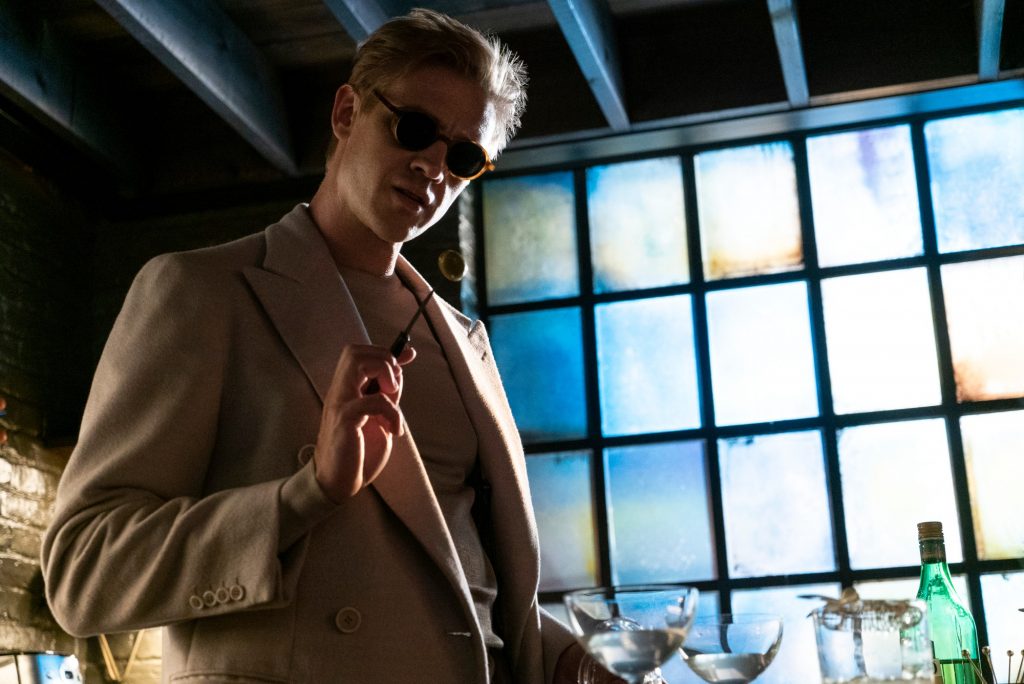
All in all, The Sandman makes for compelling TV. It’s incredible to watch The Dreaming take over our screens, and I really hope it will continue to do so for further seasons.
The Sandman season 1 begins streaming on Netflix August 5.

![Netflix Delivers On ‘The Sandman’: A Dark, Visually Stunning Fantasy [Review]](https://www.thathashtagshow.com/wp-content/uploads/2022/08/project_20220803_1136267-01-1200x640.png)

![The Exorcist: Believer – Didn’t Need The Legacy [Fright-A-Thon Review]](https://www.thathashtagshow.com/wp-content/uploads/2023/10/384543794_332277175846025_6958544590587063403_n-440x264.jpg)
